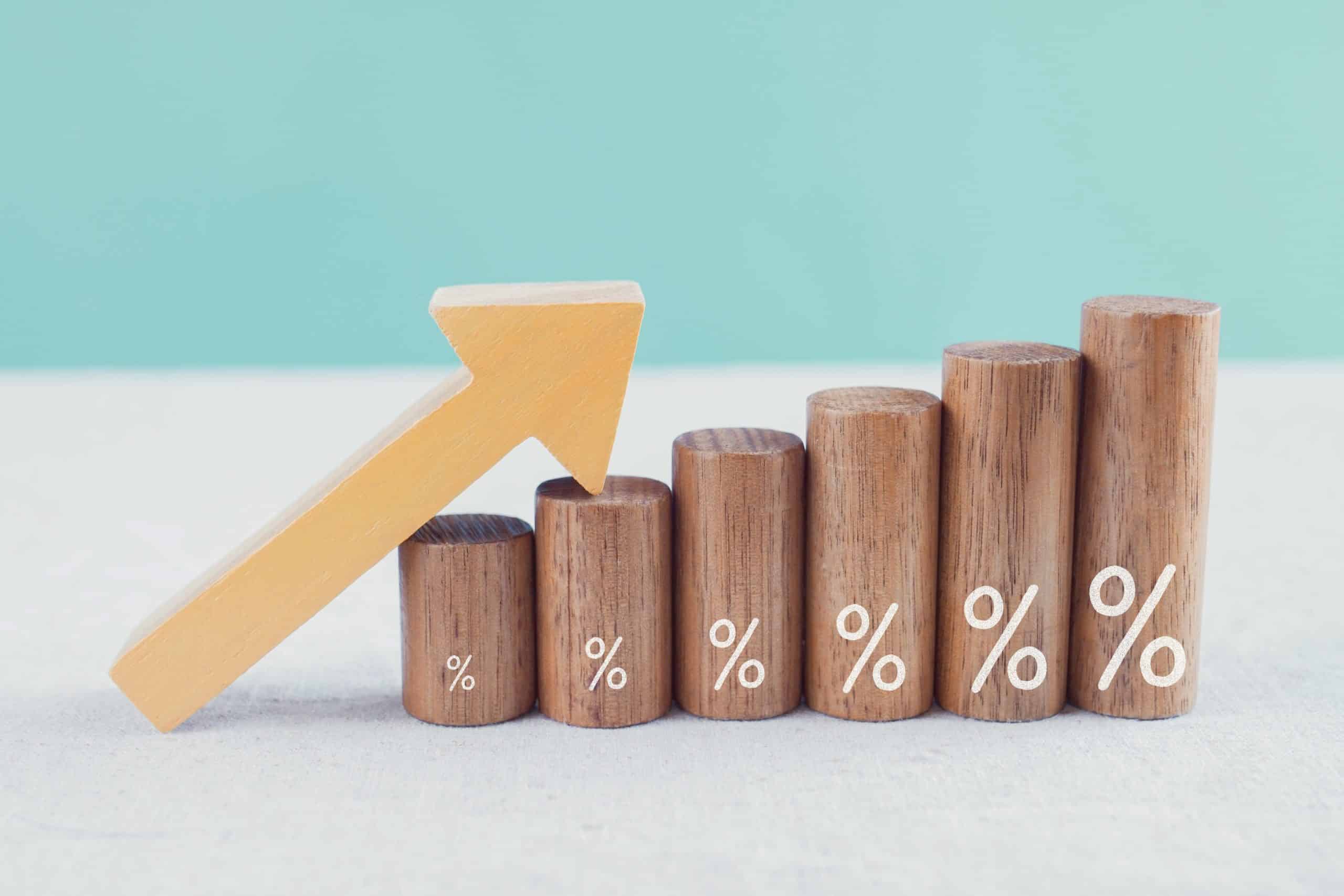The inflation rate hit highs in 2022 not seen since the early 1980s, and the federal funds interest rate has continued to climb steadily, after historically low rates during the height of the pandemic. Few nonprofit leaders have dealt with such economic conditions before. Read on to gain some insights on the landscape ahead and how you might prepare to navigate it.
The inflationary effect
High inflation generally hits nonprofits on two fronts. The first is that amounts many individual donors have to give will shrink as the costs that organizations incur to provide services rises. Younger donors, who are likely experiencing their first prolonged period of serious inflation, are especially vulnerable. But even older and wealthier donors might curtail their giving if they hold assets, such as fixed-interest bonds, that are susceptible to inflation. Government funding also could be at risk if state and local governments are forced to trim their discretionary spending.
The second is that nonprofits have reduced purchasing power. If your organization provides services or has gas expenses, it may make adjustments. Simultaneously, you might find it necessary to boost compensation to recruit and retain quality employees, whose own costs of living have gone up.
Impact on (and of) interest rates
The Federal Reserve (Fed) is tasked with both controlling inflation and maximizing U.S. employment. With the employment numbers — particularly the jobless rate — strong as of this writing, it’s focused on hiking interest rates to combat inflation. The Fed consistently raised rates in 2022, from near zero early in the year, and the Fed’s chair has indicated a preference for maintaining higher interest rates for “some time.”
So what does that mean for nonprofits? Just like for profit-based businesses, it suggests higher borrowing costs. If you need to buy equipment or property, or just make improvements to existing property, it will likely cost more to finance those purchases. If you lock into an interest rate now, you’ll have to pay it even if rates drop in coming years. On the other hand, if you opt for an adjustable rate, you could face even higher rates during your loan term.
Steps to mitigate risks
Nonprofits can take measures to reduce the potential pain from inflation and high interest rates. For example, you should consider:
- Delaying any projects or purchases that require financing or are still at high price points due to shortages,
- Making technological investments that will allow you to decrease your staffing costs,
- Developing alternative revenue streams (for example, you might charge a fee for services you already offer), and
- Developing partnerships with other organizations (for example, provide joint or complementary services or share space).
With the stock market continuing to fluctuate, this also could be a great time to seek donations of appreciated stock. Potential donors wary of falling stock prices could receive valuable tax benefits by donating shares when prices are relatively high, rather than taking losses after prices drop. Older donors also could reap tax breaks by making qualified charitable distributions (also known as charitable IRA rollovers) of appreciated assets.
Hang in there
The current economic situation shouldn’t leave nonprofits without hope — there are reasons for optimism. Supply chains have become more stable since their 2020-2021 woes, and some financial experts believe inflation is showing signs of decelerating. In fact, some experts believe inflation may have peaked, and, if the Fed comes to the same conclusion, interest rates could level off in the near future. Taking the steps outlined above can help your nonprofit keep its head above water until then.
© 2022


